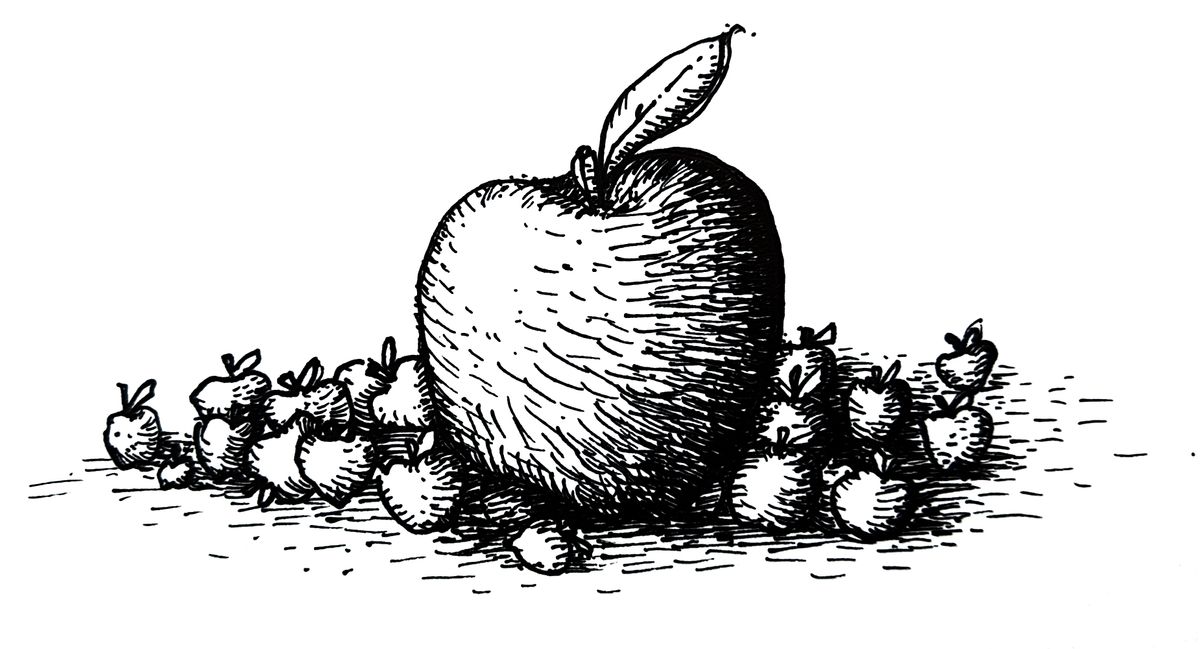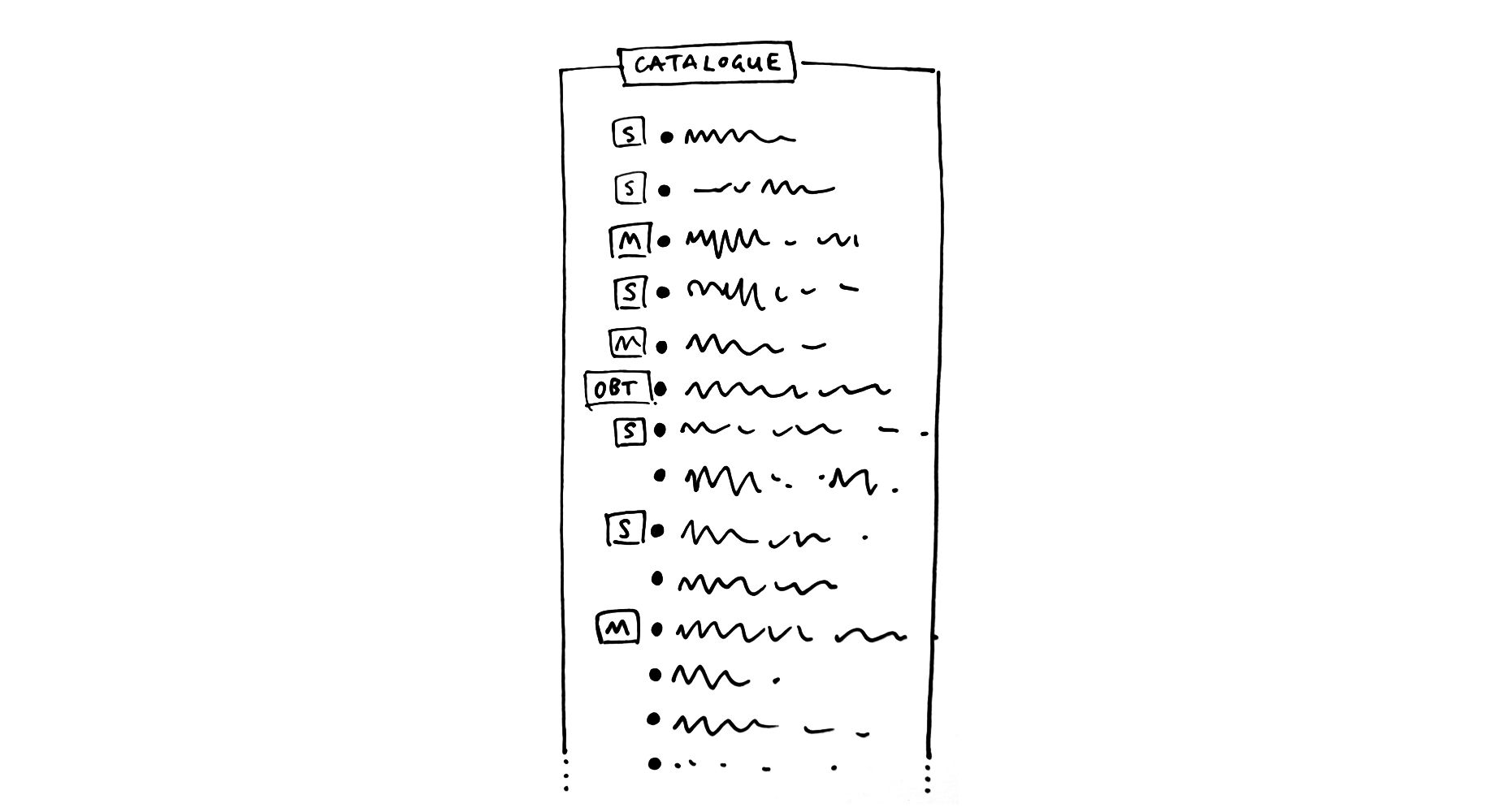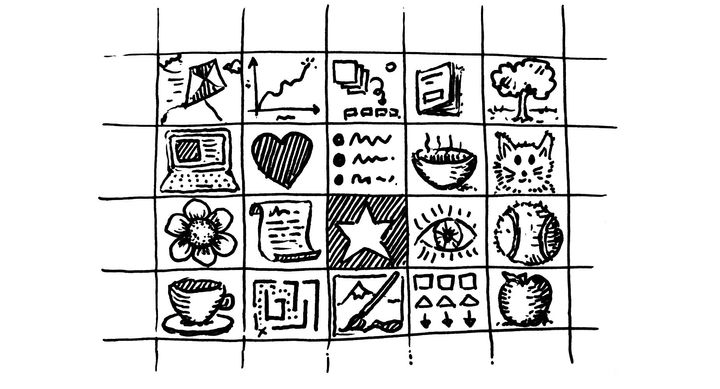Size up your One Big Thing
Employ the 1-3-5 or One Big Thing task method to get all those things done today, without exploding

A list without priorities is really just a catalogue
A list is a good start, if you’re just trying to clarify what needs to be done today. But your raw list is merely a catalogue of all potential tasks. Remember mail-order catalogues, for books or tapes? You couldn’t select everything in the catalogue, because (1) it would be too expensive, and (2) not everything in the catalogue would be to your tastes. You have to choose.
Now: Choices can be hard. But you have to decide which tasks are most important if you’re to whittle down your catalogue to the tasks you can focus on (and complete!) in a given day. Having a criteria for what you deem important can help with the choosing. For example:
- Goals: Which tasks will help you make progress towards bigger goals, beyond today? At least some of your daily work should serve your bigger goals. Otherwise you’re just running around... doing stuff.
- Personal development: Which tasks might help develop your skills or career? This doesn’t necessarily mean doing a course or reading a book – but it might mean venturing into new territory for the experience, to make the future you more effective at work.
- Future ease: Which tasks will free up your time on future days? These might be tasks which keep popping up because they’re not entirely resolved, like comment threads in a review document. Finish them to get them out of your hair.
- Urgency: Is this task attached to a deadline, imminent or otherwise? If so, it may naturally need to be the priority.
Once you have a criteria for prioritising your tasks, you can turn your catalogue into an effective daily to-do list using the One Big Thing or 1-3-5 method (the terms are interchangeable).
The One Big Thing or 1-3-5 method
The One Big Thing method is brutally simple but highly effective for providing focus for the day’s tasks. Here’s how it goes:
- Choose the 1 task that is singularly most important to complete today. This is the One Big Thing (sometimes abbreviated to OBT, or referred to as the Most Important Thing or MIT). “Big” refers both to size and importance – this task might require a significant investment of time, for example a few hours out of the working day.
- Designate up to 3 tasks as medium-sized tasks. These might, for example, take around half an hour to complete.
- Designate up to 5 tasks as small tasks. These might, for example, take less than 15 minutes to complete.
It’ll take a little trial and error for this to feel right for you. You’ll need to consider your own relative sizing for what constitutes “big”, “medium” and “small”. You may also need to practise chunking up big tasks into pieces that are achievable within a given day.
Importantly, the One Big Thing should always more important than everything else, the one that really must be done today – even if it’s all you accomplish. It’s not ideal if medium or small tasks slip by, but ultimately it’s not a huge deal. But completing the OBT should be non-negotiable.
Transforming your to-do list
There are more ways than one to prioritise your catalogue of tasks into a 1-3-5 list for the day. Here are a couple of suggestions.

Suggestion 1: Keep your catalogue as is, and mark up the OBT, medium and small tasks, for example with OBT, M, S. It’s simple, but you will have to contend with the noise of tasks you won’t complete that day.

Suggestion 2: Create a separate 1-3-5 list for the day, pulling tasks from your catalogue. This is a cleaner method, removing everything but what you want to tackle that day.
If you’re using a separate catalogue (which is recommended), ideally you hide away the catalogue once you’ve made your 1-3-5 list. You might, for example:
- Keep a catalogue of tasks to accomplish that week, then
- Create a 1-3-5 list each day using tasks pulled from the week list
One Big Thing or 1-3-5 within the typical work context
It would be clear sailing if you never had to work around clients, colleagues, teams, requests, meetings, the calendar. But the reality of the modern working environment is that you’re constantly distracted from the tasks you want to get done. You can design your 1-3-5 list to weather this, to an extent:
- You don’t have to load up all medium and small task slots upfront. Leave some free. Perhaps you only add 2 medium and 3 small tasks, allowing room for additional tasks that might pop up over the course of the day (but they better be urgent ones).
- You can put significant meetings, workshops or training sessions on your list (acknowledging that you will inevitably be devoting time to these), but make sure they are framed as outcomes, not merely attendance. Instead of writing “Team meeting”, frame the task in terms of what ought to come out of it, like “Project scope finalised”.
Variations on the One Big Thing or 1-3-5 method
According to preference, there are other ways to cut up the OBT, medium and small tasks:
- 1-2-3: 1 Big Thing, 2 medium, 3 small. This requires more strictness on time and distractions, but the payoff is more radical focus. Also a useful variation if your medium and small tasks are chunkier.
- Three Big Things: Dispenses with the medium and small shrapnel, and reduces the list down to three significant items. Excellent for personal progress but might be harder to adhere to in a team context.
- 1-3-9: 1 Big Thing, 3 medium, 9 small. This method has potential if you prefer to chunk up your tasks really small. Although: This does add up to a lot of things to do, so take care: potential freneticism ahead.
Use the artisanally designed 1-3-5 template
Paying subscribers can copy and use this artisanally designed Google Sheet template to create your own daily 1-3-5 (One Big Thing) list from a catalogue of tasks.
If you’re not a paying subscriber, sign up for full access to all templates for practical posts like this one, plus exclusive essays.




Comments ()